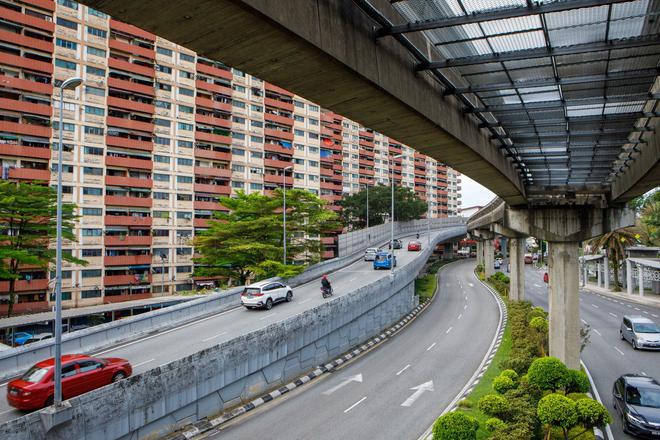The country’s consumer price index inflation touched 6.4% in February, marking it the second consecutive month in which retail inflation remained well above the Reserve Bank of India’s acceptable range. Despite high retail inflation, the central bank maintained status quo during the Monetary Policy Committee (MPC) meeting in April and kept the repo rate stable at 6.5%. This move provided temporary relief to homebuyers.
Tracing the timeline, the RBI raised the repo rate for the first time in May 2022 to 4.4%, after keeping it constant throughout the COVID-19 pandemic at 4% (April 2020 to April 2022). Since then, the central bank has increased the repo rate intermittently by a cumulative 250 basis points to 6.50% in FY23. Although the decision was seen as an appropriate step to control increasing inflation, it caused concerns within the real estate sector. It was taken up at a time when the industry was seen to be recovering from the impact of the COVID-19 pandemic and was picking up pace after a long period of market downturn. Fortuitously, the momentum created by the pent-up demand in 2022-23 managed to somewhat offset the impact of the repo rate increase, and the year ended on an exuberant note, recording the highest number of residential launches and sales in nearly a decade. The growth post-structural reforms, such as RERA, GST, etc., in the Indian real estate sector is driven by strong fundamentals. These regulatory changes ushered transparency in the sector and boosted the confidence of stakeholders, resulting in a strong demand for housing post-pandemic.

The RBI kept the repo rate unchanged at 6.5% during the Monetary Policy Committee (MPC) meeting in April. This is a welcome move for the real estate fraternity.
The first quarter of 2023 reported the highest number of residential launches and sales ever in a quarter. The growth is driven by strong fundamentals and a healthy balance between demand and supply. The recent pause in repo rate hike is likely to boost the demand further and provide scope for new supply.
However, with continuing global recessionary headwinds as well as rising property prices and geopolitical tensions, another repo rate hike in the future may have a stronger impact than observed in the past few quarters. The current situation, marked by the rising cost of construction raw materials, portends an uneasy road ahead for the industry. Continuous repo rate hikes in the past year coupled with an increase in the cost of construction raw materials, increased EMIs significantly for homebuyers.
As EMIs continue to rise at regular intervals, a greater proportion of the borrower’s income will be allocated towards debt repayment, thereby reducing the amount available for domestic budget planning. Considering that a 250 basis points increase in the repo rate has a sizable impact on EMI, this may pose a risk of defaults. Therefore, banks would choose to be prudent and exercise caution to prevent such situations, as a result of which, overall loan eligibility might decrease. Besides rising home loans, rising cost of construction may prompt developers to raise their prices further, which would have an additional impact on homebuyers and potentially cause a decline in market sentiment over time.
With such stringent measures in place, provisional retail inflation (5.7%) in March came within RBI’s targeted range, which may prompt the central bank to lower interest rates. This is critical because elevated interest rates not only impact the real estate market, but also affect the cost of conducting business. As a result, we expect the repo rate to remain stable for one more quarter, which will ultimately strengthen the economy and create a conducive environment for the real estate industry to operate efficiently in the coming future.
The author is CEO, Vestian







